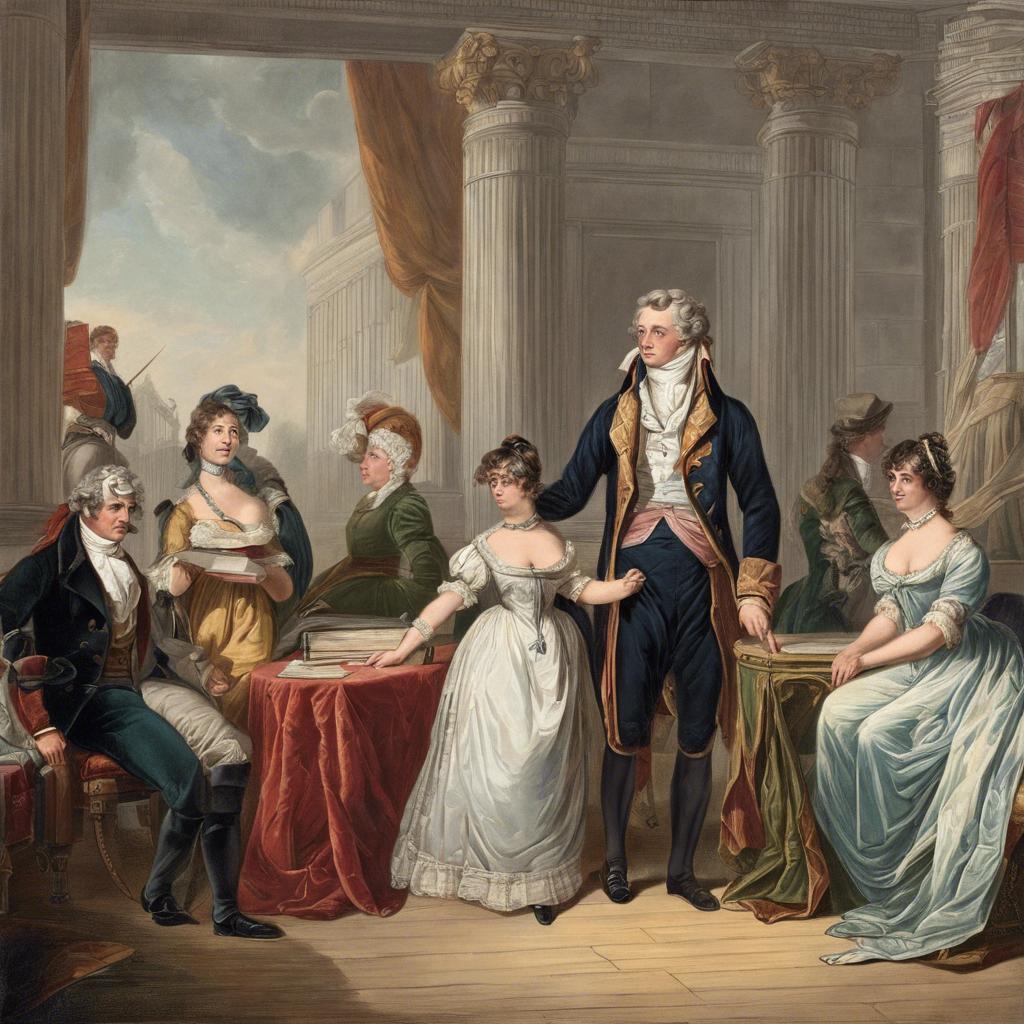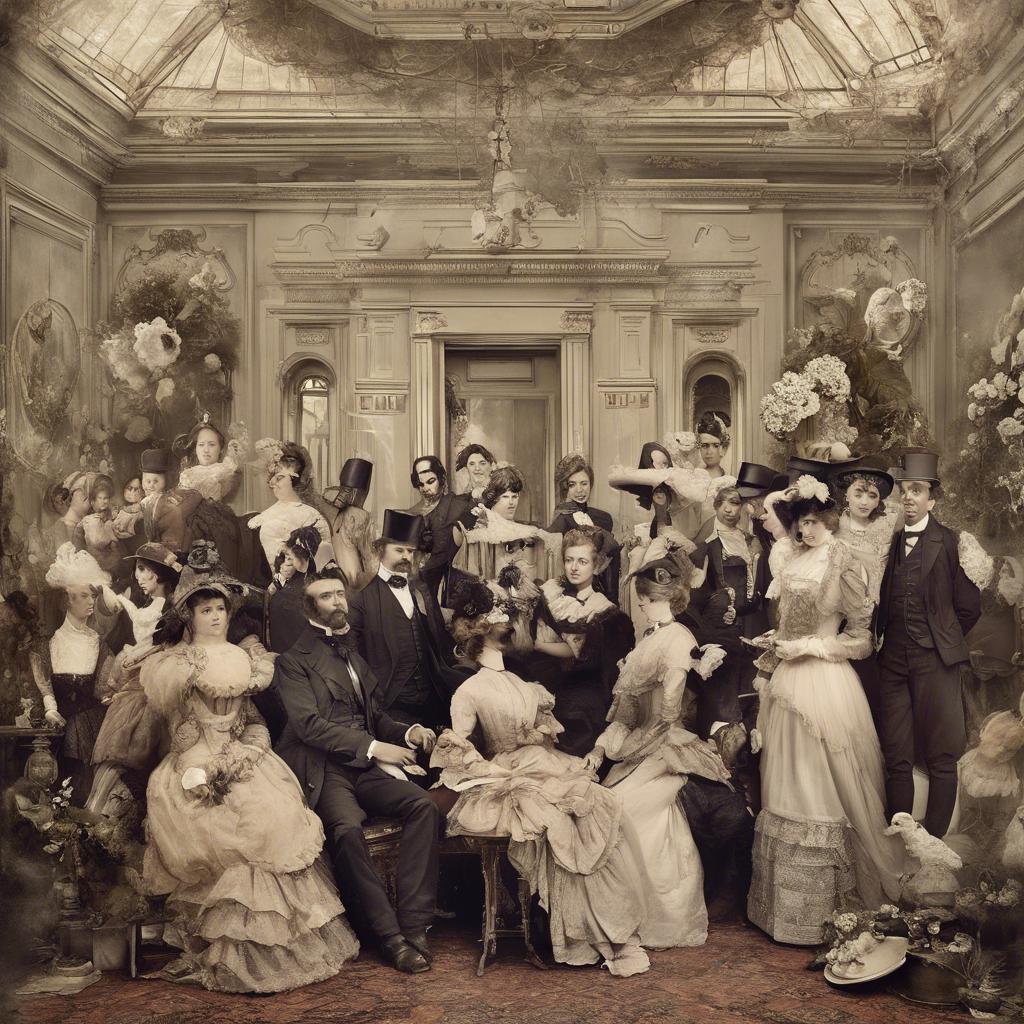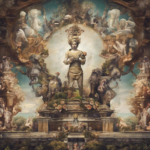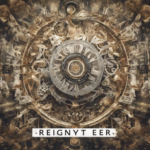The Regency era, spanning from 1811 to 1820, and the Victorian era, from 1837 to 1901, were two significant periods in British history that witnessed immense social, political, and cultural transformations. These eras not only marked the reigns of two iconic monarchs, King George IV and Queen Victoria, but also saw the rise of industrialization, the expansion of the British Empire, and the emergence of new artistic and literary movements. In this article, we will delve into the intricate details of the Regency and Victorian eras, exploring the key events, societal changes, and notable figures that defined these pivotal periods in British history.
Step Into the World of Cheryl Bolen
Dive into the enchanting stories of love, intrigue, and elegance set in the Regency Era. Cheryl Bolen's novels offer timeless romance and captivating tales that will leave you wanting more.
Explore Cheryl Bolen's Books Now
Introduction to the Regency Era: A Transition in British History
The Regency Era in British history, spanning from 1811 to 1820, was a period of significant transition and change. This era marked the reign of King George IV, who ruled in place of his father, King George III, due to the latter’s illness. The Regency Era is characterized by its unique blend of social, political, and cultural developments that set the stage for the Victorian Era that would follow.
During the Regency Era, British society experienced a shift in fashion, architecture, and literature. The extravagant and lavish styles of the Georgian period gave way to the more refined and elegant aesthetic that would come to define the Victorian Era. This era also saw the rise of Romanticism in literature, with authors such as Jane Austen and Lord Byron gaining popularity for their works.
In terms of politics, the Regency Era was marked by a turbulent period of war and conflict, most notably with the Napoleonic Wars. The Industrial Revolution was also gaining momentum during this time, transforming the British economy and society. the Regency Era laid the foundation for the social and political changes that would shape the Victorian Era and the modern world as we know it.
Fashion Trends of the Victorian Era: From Crinolines to Bustles
In the Regency era, fashion was characterized by high-waisted dresses and delicate fabrics such as muslin and silk. Women’s clothing was light and flowing, with empire waistlines and short sleeves. Accessories like shawls and gloves were popular, adding an extra touch of elegance to the attire of the time.
During the Victorian era, fashion took a dramatic turn with the introduction of elaborate crinolines. These hoop skirts created a bell-shaped silhouette, emphasizing the waist and giving women a grand appearance. As the era progressed, crinolines were replaced by bustles, which accentuated the backside and added volume to the lower half of the body.
Victorian women also embraced a wide range of fabrics and colors in their clothing choices. Rich textiles such as velvet and brocade were commonly used for formal wear, while everyday dresses were often made from more practical materials like cotton or wool. This variety in fabrics, combined with the intricate designs of the era, showcased the Victorian woman’s keen sense of style and attention to detail.
Social Dynamics in Regency and Victorian England
In Regency England, social dynamics were heavily influenced by class distinctions, with the aristocracy holding the highest positions of power and privilege. The rigid hierarchical structure dictated people’s social interactions and opportunities, with strict rules governing behavior and decorum.
During the Victorian era, social dynamics began to shift as industrialization and urbanization brought about changes in society. The rise of the middle class created new social hierarchies, with professionals and entrepreneurs gaining prominence. This period also saw the emergence of social movements advocating for women’s rights and workers’ rights, challenging traditional power structures.
Despite these changes, social norms and etiquette continued to play a significant role in both Regency and Victorian England. Manners, dress codes, and social rituals were important markers of status and identity, shaping social relationships and hierarchies. The regency era the ton”>strict rules of conduct were seen as essential for maintaining order and stability in a rapidly changing society.
Literature and Arts: A Reflection of Society in the Regency and Victorian Era
In the Regency era, literature and arts flourished as a reflection of the society’s values and norms. Writers such as Jane Austen captured the essence of the time through novels like “Pride and Prejudice,” portraying the social hierarchy, etiquette, and gender roles of the period. Painters like Thomas Lawrence depicted the elegance and opulence of Regency fashion in their portraits, showcasing the wealth and status of the upper class.
The Victorian era, on the other hand, brought about a shift in societal attitudes and beliefs, which were mirrored in the art and literature of the time. Writers like Charles Dickens shed light on the harsh realities of industrialization and urbanization in works such as “Oliver Twist” and “Hard Times.” Artists like William Powell Frith captured scenes of everyday life, highlighting issues of poverty, class disparities, and moral dilemmas.
| Regency Era | Victorian Era |
|---|---|
| Emphasis on social hierarchy | Focus on industrialization |
| Portrayal of gender roles | Exploration of moral dilemmas |
| Elegance and opulence | Realism and social criticism |
literature and arts in both the Regency and Victorian eras served as a mirror to society, reflecting its values, aspirations, and challenges. Through the works of writers, poets, painters, and sculptors, the cultural landscape of the time was immortalized, providing future generations with insights into the past and shaping our understanding of history.
Insights and Conclusions
the Regency Era and Victorian Era mark significant periods in British history, characterized by rapid social, political, and technological advancements. From the elegant extravagance of the Regency period to the moral rectitude of the Victorian era, these periods have left an indelible mark on society that continues to influence our modern world. By studying and appreciating the customs, ideologies, and innovations of these eras, we gain valuable insight into the complexities of the past and the foundation upon which our present society is built. As we reflect upon the fashion, literature, architecture, and societal norms of these times, may we continue to honor and preserve the legacy of the Regency and Victorian eras for generations to come.


